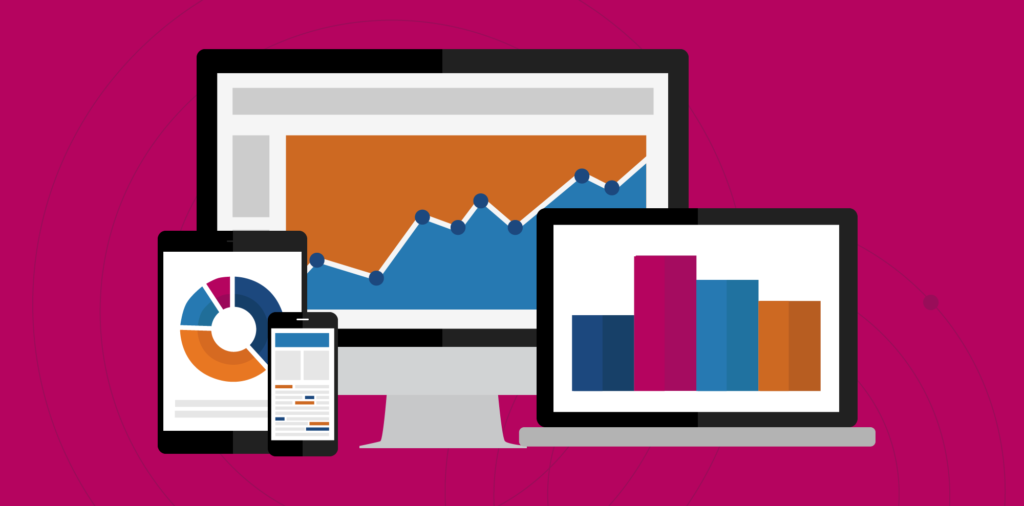Programmatic advertising is getting quite the buzz this year, with several renowned digital marketing trend watchers highlighting it in their “Digital Marketing Trends to Watch Out For” lists at the beginning of the year. For the uninitiated, programmatic marketing or advertising is defined by Robert Allen of SmartInsights.com as the automated bidding on advertising inventory in real time, for the opportunity to show an ad to a specific customer, in a specific context. This technology has taken digital advertising to a whole new level. Effectively bridging inventory demand with ad supply made highly efficient through rich consumer data on hand in real-time.
Although it has been around for quite a while, recent technological developments in programmatic advertising has spurred significant growth in adoption these past few years. In fact, in the United States alone, 55% of digital display ads were purchased programmatically in 2015. eMarketer has even forecasted that US digital ad spend for this technology will be at 67% in 2016 and increase further to 72% by this year.
If you are one of those still pondering whether to try programmatic advertising for your brand’s digital marketing efforts this year, here are a few awesome things about it that might help you decide.
Cut Across Ad Formats, Digital Platforms and Devices
What started with digital display ads has now expanded to include rich media and even video ad formats. This gives the audience varying ad experiences and provides contextual communication
depending on your objectives. In addition to the more common website inventories, programmatic advertising now also includes social media platforms as channels.
And to top it all off, the technology allows you to serve different devices simultaneously, from desktop to mobile. All these help make sure that you cover relevant digital touch points with the most suitable ad format.
It is Highly Targeted
Programmatic advertising allows you to target specific audiences that fit your communication objectives. Targeting parameters include location, demographics, psychographics, online behavior, online content consumption and many more. Allowing you to be as specific as you want in terms of the target audience that you want to reach. This ensures that you almost always hit the right audience, thus increasing probability of engagement and even conversion.
Rich Customer Insight
The beauty of digital is that it generates volumes of data. So when it comes to digital marketing, you have at your fingertips abundant information on consumers’ online habits. You get a glimpse of what interests them, what channels or platforms they frequent, and even get immediate feedback on how your ads are perceived. You get valuable insight on your audience allowing you to craft an effective marketing campaign.
Highly Measurable in Real-Time & Cost Efficient
Another benefit of programmatic advertising is the capability to measure and monitor how your campaigns are doing IN REAL TIME. You get to see which among your ads generate the most responses and which channels are most effective. You get the opportunity to optimize your campaign on the fly, which in turn makes it cost efficient. You can re-channel your budget and focus on the ads that perform well and cut the ones that do not deliver.
If you would like to know more about Programmatic Advertising and how you can use it for your brand, email us at newsletter@adspark.ph




